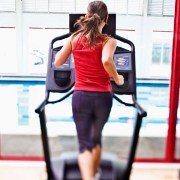 Photo: Getty Images
Photo: Getty Images
Research from the Sahlgrenska Academy at the University of Gothenburg in Sweden indicated that physical activity during one's youth has a great impact on bone size and bone density later in life. Higher activity in the early years may decrease the risk of osteoporosis later.
People who were actively involved in sports had better bone density than people who were less active. This was also true of people who had been physically active in the past, even if they had not been active for a number of years. These findings were published in the July 15, 2010 issue of ScienceDaily.
The Mayo Clinic concurred that those who have been physically active in the past will have better bone density along with stronger muscles, which offer further protection to the bones. But those who have not been active can still lower the odds of getting osteoporosis by starting to exercise, even at a late date. This is especially important for post-menopausal women.
The Mayo Clinic encourages involvement in strength training, weight-bearing aerobics, exercises that increase flexibility, balance and stability for those who have osteoporosis, and for those who are at risk for bone loss.
Strength training includes free weights, resistance bands and weight machines. Weight-bearing aerobics refer to aerobics done on your feet so your weight is supported by your bones. Dancing, low-impact aerobics, gardening and stair-climbing are examples.
Stretching will increase flexibility. Balance and stability can become better established through yoga and tai chi.
The February 27, 2009 issue of e! Science News, reported that research from the University of Missouri demonstrated that high-impact exercise like running may be more beneficial than resistance training for prevention of bone mineral density (BMD).
According to the University of Arizona, load-bearing or weight-bearing activities should be done at least three times a week. When muscle pulls on bone, this builds stronger and denser bone. This will help at the time and also in later years even if the individual does not remain active.
Good exercises are dancing, hiking, jogging, step aerobics, weight lifting, and any other type of exercise that makes the muscles work against gravity. This excludes swimming and walking.
Thirty minutes a day of weight-bearing exercise strengthens bones, heart and muscles, as well as increasing balance and coordination. Those thirty minutes can be broken up into ten minute increments, and still be effective.
For those already dealing with osteoporosis, there is still reason to hope and to get on the exercise band wagon. It's never too late to increase the density and health of your bones.
Resources:
Those Who Exercise When Young Have Stronger Bones When They Grow Old
http://www.sciencedaily.com/releases/2010/05/100503111744.htm
Exercising with osteoporosis: Stay active the safe way
http://www.mayoclinic.com/health/osteoporosis/HQ00643
Building strong bones: Running may provide more benefits than resistance training, MU study finds
http://esciencenews.com/articles/2009/02/27/building.strong.bones.running.may.provide.more.benefits.resistance.training.mu.study.finds
Exercise
http://ag.arizona.edu/maricopa/fcs/bb/exercise.html
Overcoming osteoporosis: Exercise for healthy bones and joints
http://www.examiner.com/wellness-in-atlanta/overcoming-osteoporosis-exercise-for-healthy-bones-and-joints
Visit Jody's website and blog at http://www.ncubator.ca and http://ncubator.ca/blogger
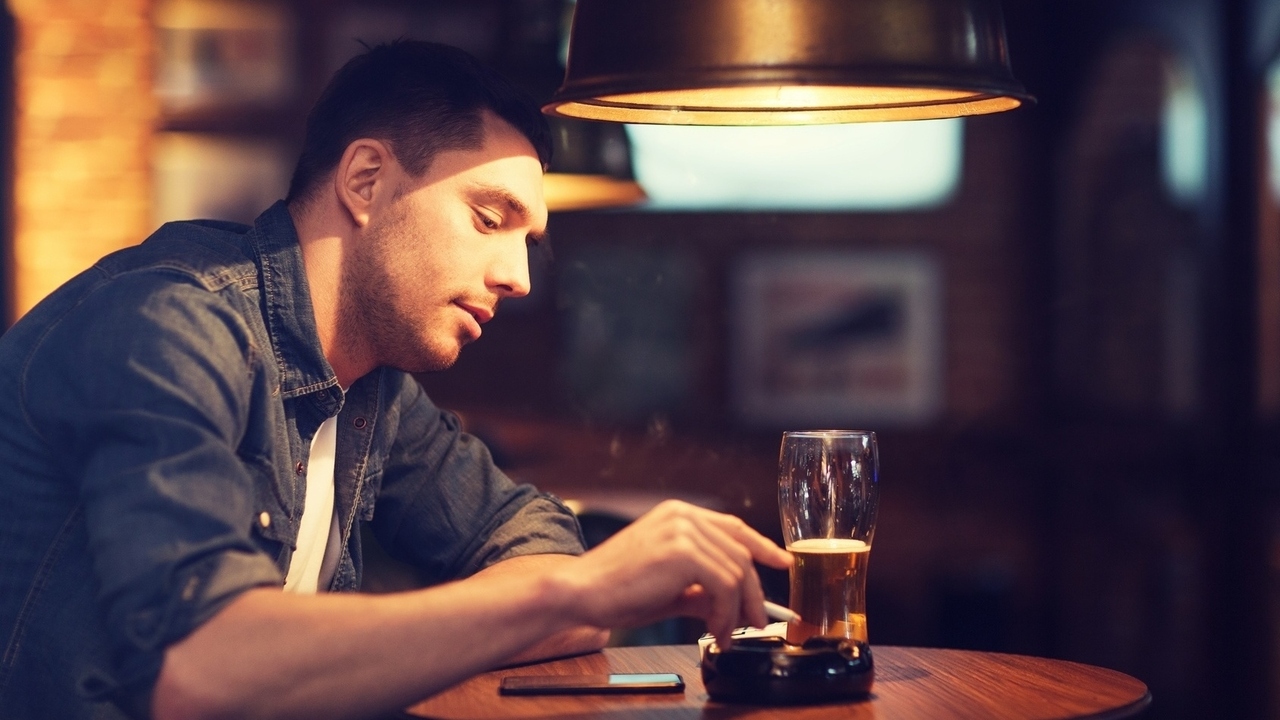
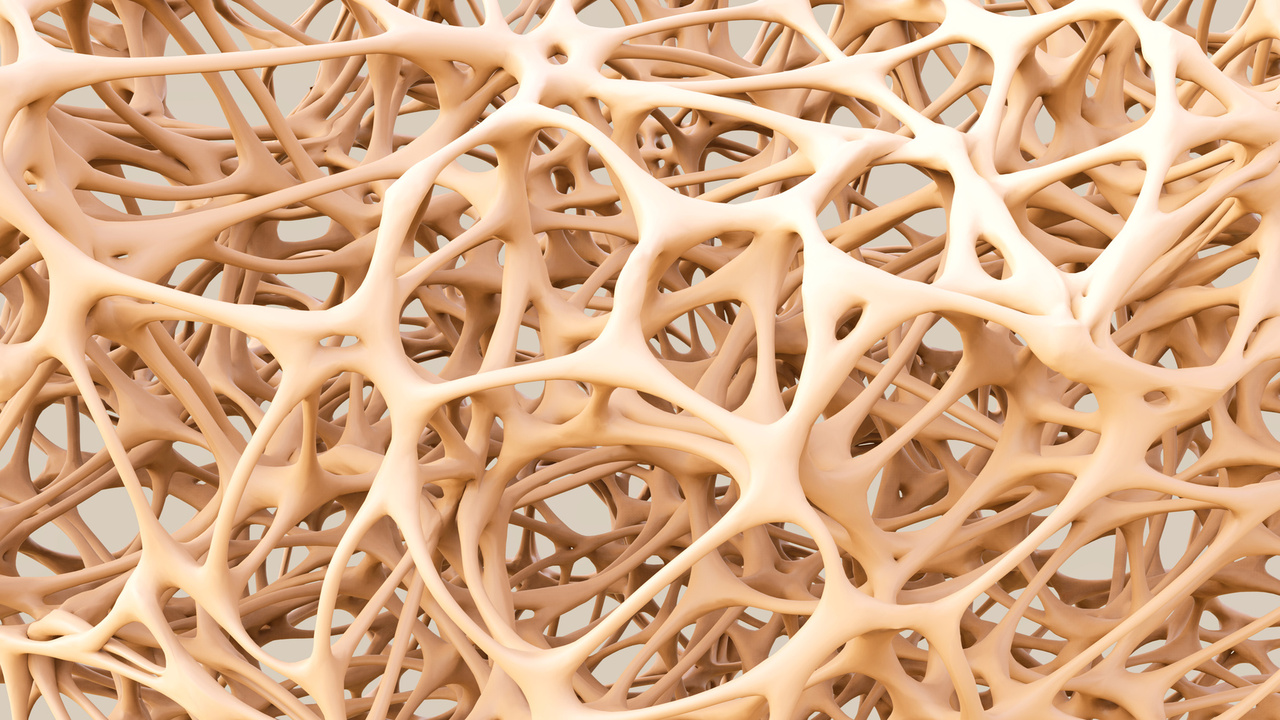
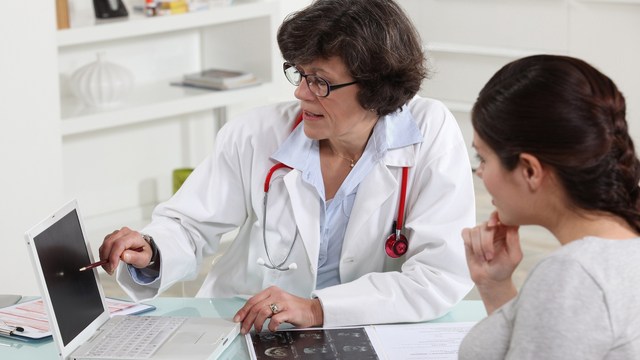
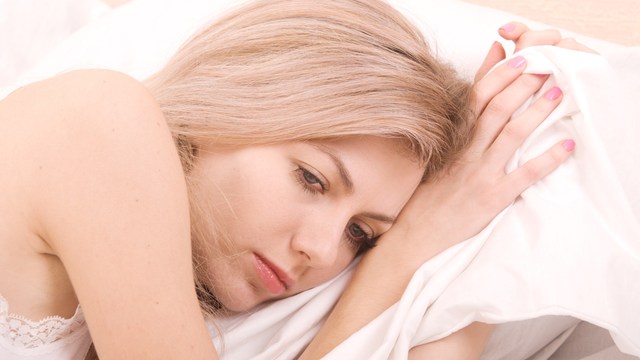


Add a CommentComments
There are no comments yet. Be the first one and get the conversation started!